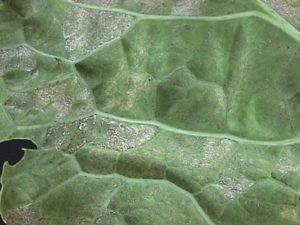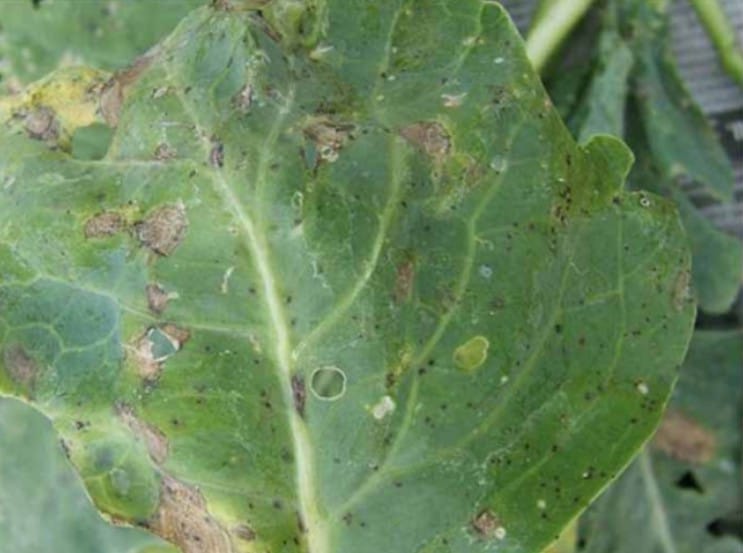Kale Plant
Kale is an annual, 12-36 inches tall, and frost-tolerant. It prefers well-drained, fertile soil in full sun to partial shade. Keep the soil moist. Kale is both edible and has medicinal properties.
Habit
Annual
Height
0.3 to 1.0 m
Growth
Fast
Soil
Well-drained, Loamy
Shade
Full Sun to partial shade
Moisture
Moist
Edible
Yes
Medicinal
Yes
Origin
Mediterranean
Climatic Condition
Temperate, Subtropical
Temperature (°)
15°C to 25°C
Humidity (%)
50% to 70%
Potting media
50% Loam, 30% Sand, 20% Compost
Fertilizers
Balanced Fertilizers
Watering
Regular watering
Plant Weight
0.5 to 1.0 kg
Flowering Time
Spring to Fall
Soil Ph level
6.0 to 7.5
Water Ph level
6.0 to 7.0
Soil EC
0.4 to 0.6 mS/cm
Yield Per Plant
2 to 4 kg per plant
NPK ratio
5:10:10
life Span
1 to 2 years
Health Benefits
Nutrient-dense, Antioxidant
Suggested Grow Media or Potting Mix ?
50% loamy soil, 30% compost, 20% sand
Suggested Fertigation/Fertilizers
Fertilize every 2 weeks with a high-nitrogen fertilizer.
Common Diseases and Remedies
Black Rot , Downy Mildew .
Symptoms consist of angular or V-shaped chlorotic lesions along the leaf edges , light green to yellow angular spots on the upper surfaces of leaves.
Proper Sanitation , Crop Rotation .
HEALTH BENEFITS
· High in fiber and antioxidants
· Supports heart health
· Rich in vitamins A, C, and K
What Is Kale?
Kale, commonly known as Karam Saag in many parts of India, can be easily found on market shelves today.
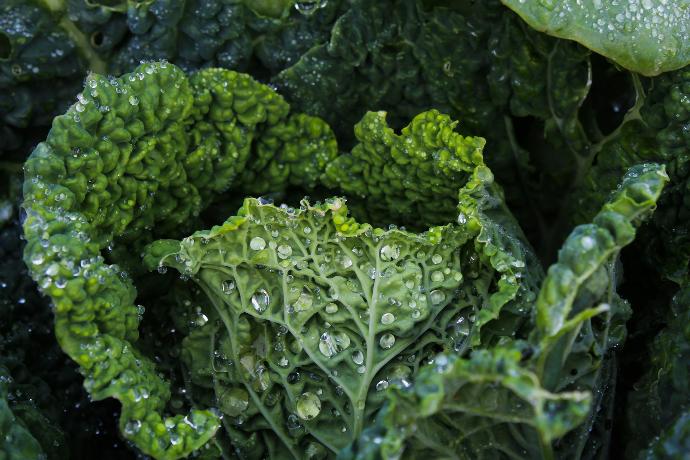
What Are The Different Types Of Kale?
1.. Winterbor KaleWinterbor
is a popular kale loved by growers and home gardeners alike. It is the most cold-hardy of all cabbages, meaning it can withstand extreme temperatures.Its curly leaves are blue-green. It can grow up to 91 cm in length.Most people eat cabbage for its thick leaves, but it can also be eaten raw.
2. Lacinato Kale
Tuscan (Lacinato) Kale — Harald Walker/Stocksy UnitedLacinato is a type of Italian kale, also known as dinosaur kale or Tuscan kale. It has dark green, leaf-like leaves and can grow up to 91 cm tall (1).This species first grew in Tuscany and is an important part of traditional Italian cuisine ( 1 ).
3. Russian red
is a type of Russian cabbage with a sweet and mild taste.Red Russian kale, despite its name, is slate green in color with dark purple stems. It is difficult for business and farmers in cold climates to become more popular.When kale leaves are small and tender, they are called "baby leaf" kale and are often eaten this way. Baby kale is especially delicious raw in salads.You can only eat mature plants when they reach 61-91 cm in height.This is one of my favorite things about growing kale in your backyard.
4. Red cabbage
has striking purple leaves and stems. Its color becomes clear depending on the temperature.A study comparing eight varieties found that purple cabbage had the highest levels of total tocopherol and alpha tocopherol (4).Although often thought of as a single compound, vitamin E is eight separate compounds, including four tocopherols. Alpha-tocopherol is the most common form in the human diet (5).Alpha-Tocopherol is a powerful antioxidant that protects your cells from damage caused by unstable molecules called free radicals. These supplements may also help strengthen the immune system and fight infections (6, 7).
5.Redbor Kale
The leaves, which are up to 61-91 cm in height, are dark red-purple in color and have a smooth texture. Interestingly, by lowering the temperature, its color, texture and taste improve.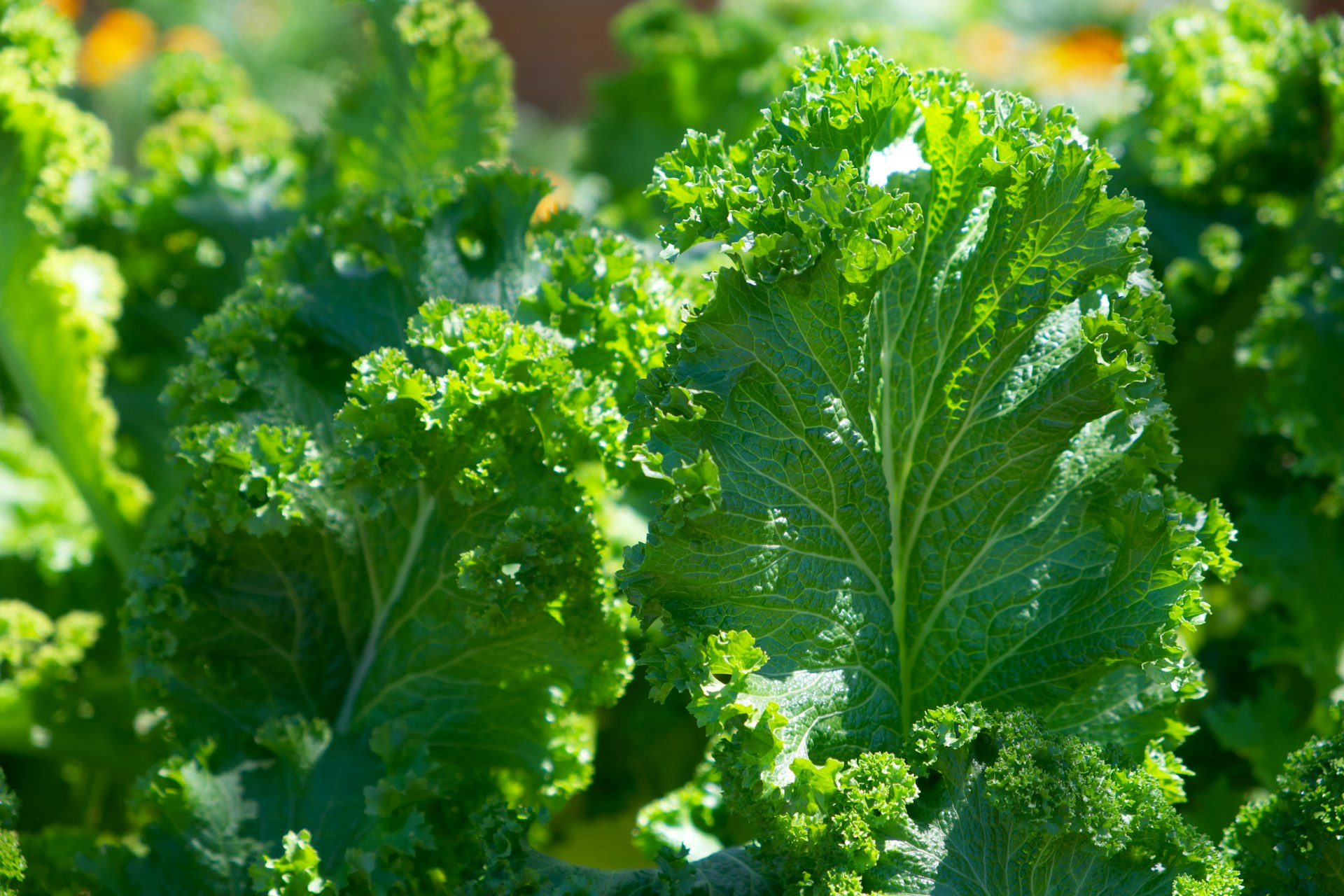
How to care for kale
Kale grows quickly, so water 1 to 1.5 inches per week to keep the soil moist. Get the most out of your crops by feeding your plants regularly to release plant nutrients. For nutrient-dense annual kale, consider growing it indoors in water.
Location
Kale is a cool-season vegetable that prefers a sunny location and rich, well-drained soil. Supplement the area with plenty of organic matter and fertilizer before planting.
Sunlight
In most climates, kale needs full sun to partial shade as all growth is completed when the plant receives 6 or more days of direct sunlight on most days. However, if you live in a hot, dry climate, provide your plants with some shade, especially from strong sun.
Land
It is an annual plant that grows in salty, sandy coastal areas and is often called spiny saltwort or spiny glasswort.
Hydration
Water infrequently while trying to keep the soil level. About 1-2 inches of water is needed per week. If possible, use drip irrigation to save water. Spreading mulch around plants will also help retain moisture and reduce plant growth.
 Nutrition
Nutrition
Kale is a superstar food due to its rich content of vitamins A, B6, C, K, folate, fiber, carotenoids and manganese.
Issues
The general guideline for kale fertilizer over a growing season is 871-1300 pounds. 10:10:10 (N-P2O5-K2O) or about 2-3 pounds per acre. 100 square meters same rate.
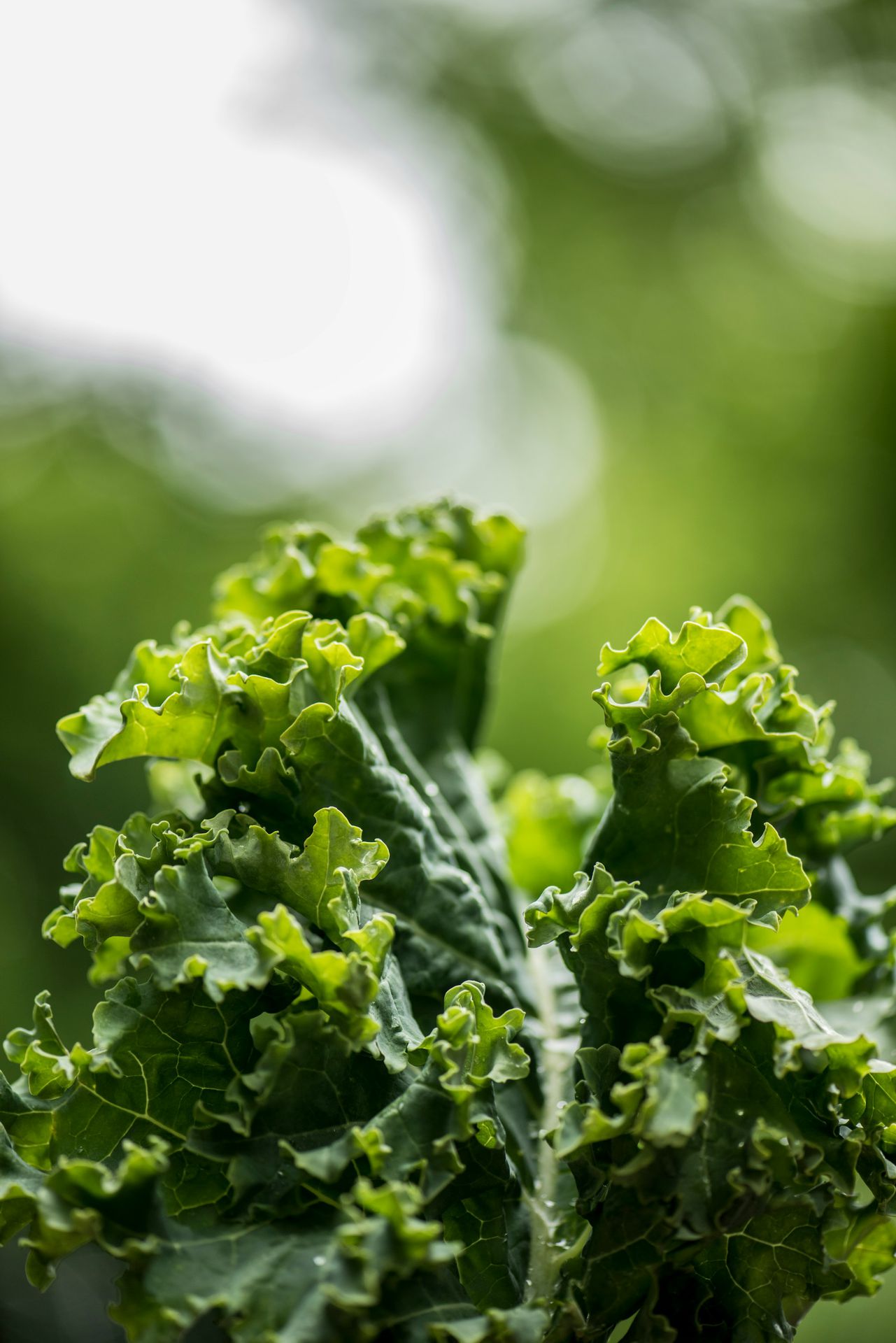
FAQs About Growing Kale
1. How long does kale last?
Kale is a super food for your body, a super plant for your garden. Not only is it easy to grow, it is biennial, meaning it can live for two years. The best part about kale is that the more you harvest the leaves, the more the plant grows!
2. How does cabbage grow?
Kale, a biennial (2-year) plant, produces leaves in its first year and flower stalks in its second year (or perhaps later in its first year). The stems then produce seed-bearing flowers. When the seeds mature, they grow into plants.
3. Does cabbage need to be fertilized?
Kale grows best in full sun and in cool, moist soil rich in organic compost. Add compost before planting or apply 30 pounds of compost per 100 square feet.
4. Can cockroach cultivation be done every year?
Kale is a cold season, meaning it likes to grow in cold weather and high humidity. In zones 9 and 10, cabbage can grow as an annual
5. How does cabbage grow?
Preamble. Kale has gained popularity recently due to its superfood status, easy to grow, beautiful and profitable. Kale provides thin leaves and flavorful veggies for cooking or adding to smoothies.

